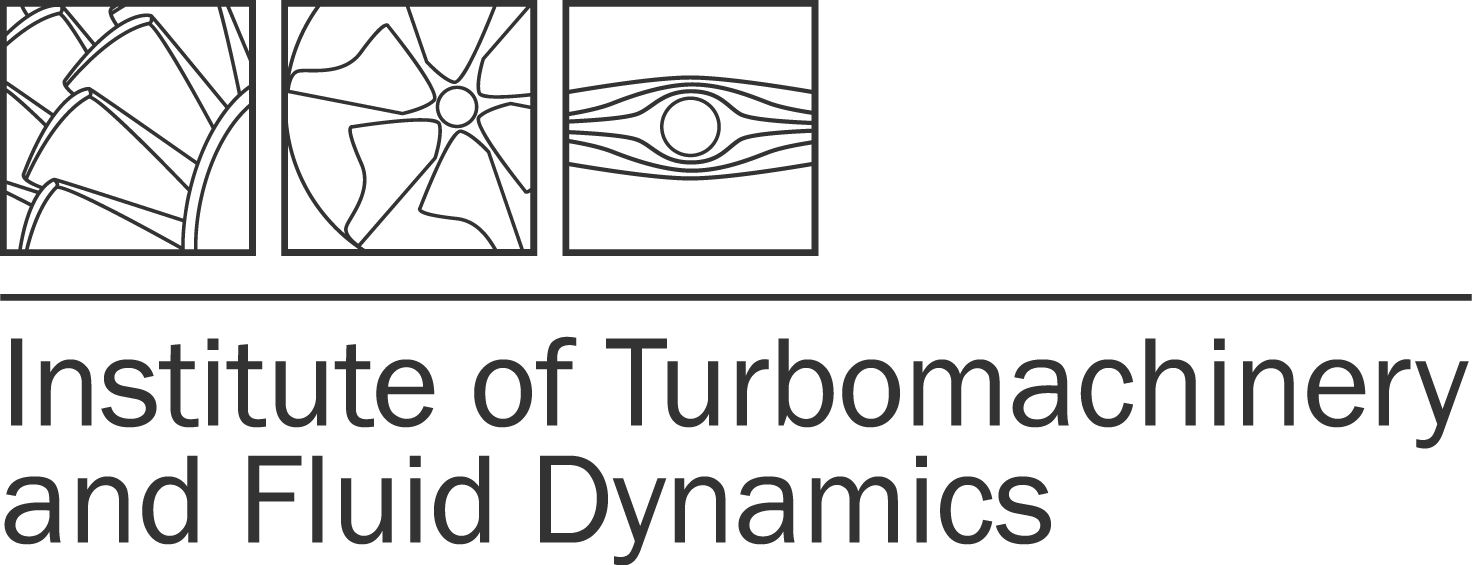Description
Whether with simulation of complex flow-carrying turbomachinery using industrial modeling approaches or direct numerical simulation (DNS) and coarse structure simulation (LES) of subcomponents without or with a low degree of modeling, we offer you all possibilities of flow simulation with the finite volume method. Our competences range from classical RANS simulations and harmonic balance methods to the analysis of microscopic surface roughness using the Immersed Boundary Method and DNS.
Through these highly accurate DNS and LES simulations or RANS simulation of complex machines, they directly contribute to the increase of physical and system understanding.This offer is complemented by structural mechanical, aeroacoustic and aeroelastic simulations. We also offer the modeling of particle-laden flows.
In addition, they enable the more efficient use of measurement techniques in experiments and are thus a risk mitigation leading to cost reduction. In the design and optimization process, they in turn allow the fast and cost-effective prediction of optimal configurations.
- Fundamental research into Fluid-Dynamics
- Axial and radial thermal turbomachines
- Wind turbines
- Biomedical engineering
- Fuel cells










